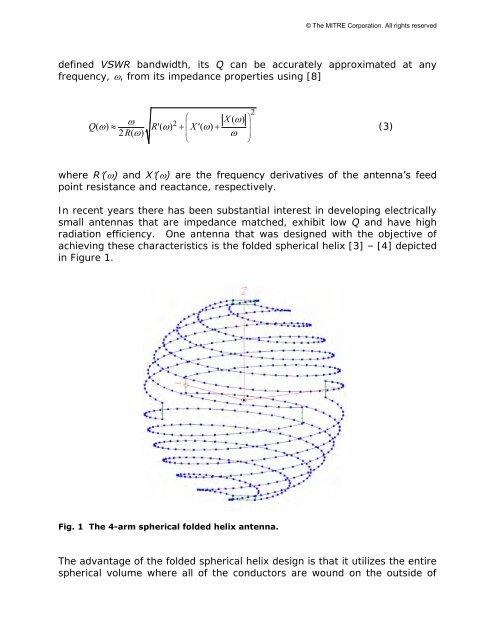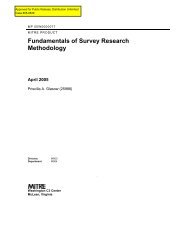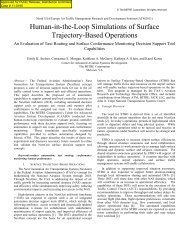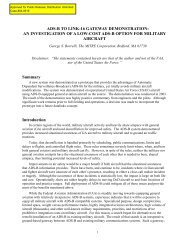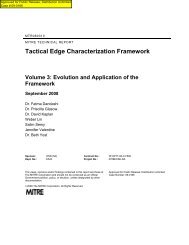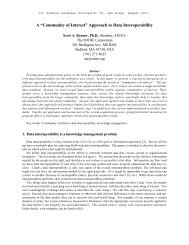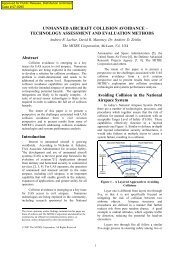Optimization of the Bandwidth of Electrically Small Planar Antennas
Optimization of the Bandwidth of Electrically Small Planar Antennas
Optimization of the Bandwidth of Electrically Small Planar Antennas
You also want an ePaper? Increase the reach of your titles
YUMPU automatically turns print PDFs into web optimized ePapers that Google loves.
defined VSWR bandwidth, its Q can be accurately approximated at any<br />
frequency, , from its impedance properties using [8]<br />
2<br />
X ( )<br />
<br />
<br />
<br />
<br />
<br />
Q( ) R( ) 2 X ( )<br />
<br />
(3)<br />
2 R(<br />
) <br />
where R() and X() are <strong>the</strong> frequency derivatives <strong>of</strong> <strong>the</strong> antenna’s feed<br />
point resistance and reactance, respectively.<br />
In recent years <strong>the</strong>re has been substantial interest in developing electrically<br />
small antennas that are impedance matched, exhibit low Q and have high<br />
radiation efficiency. One antenna that was designed with <strong>the</strong> objective <strong>of</strong><br />
achieving <strong>the</strong>se characteristics is <strong>the</strong> folded spherical helix [3] – [4] depicted<br />
in Figure 1.<br />
Fig. 1 The 4-arm spherical folded helix antenna.<br />
© The MITRE Corporation. All rights reserved<br />
The advantage <strong>of</strong> <strong>the</strong> folded spherical helix design is that it utilizes <strong>the</strong> entire<br />
spherical volume where all <strong>of</strong> <strong>the</strong> conductors are wound on <strong>the</strong> outside <strong>of</strong>


